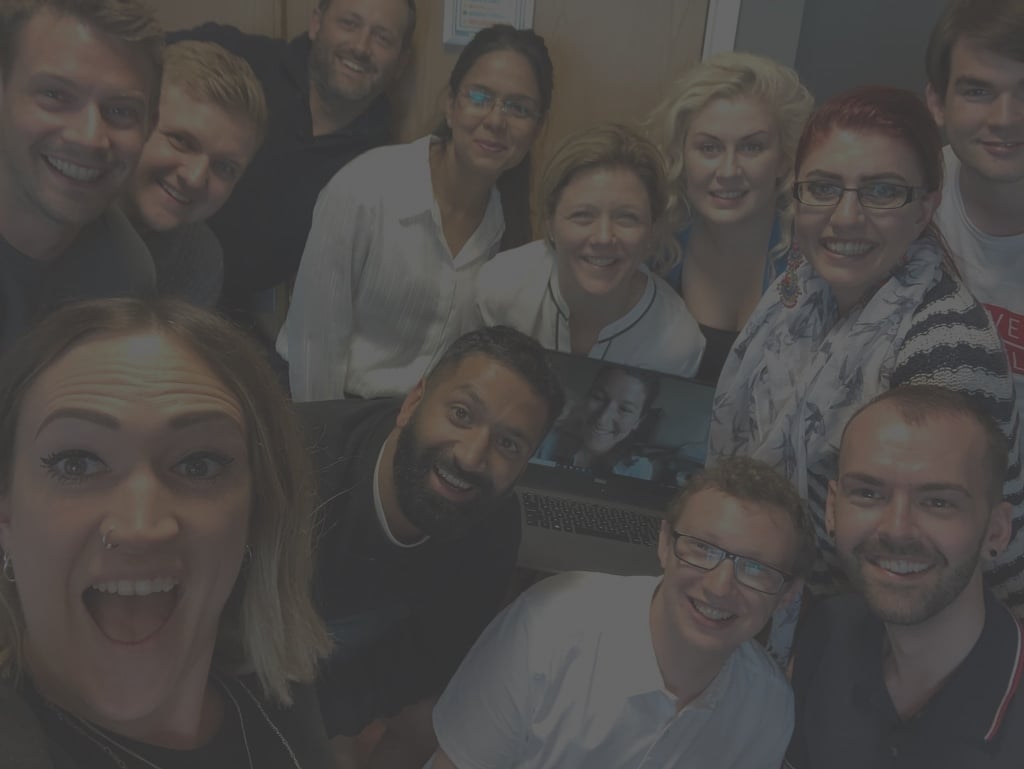Vineet Kumar, former Director of Analytics and Data Science at GoDaddy, shares how and why he helped the company to move beyond business performance insights to provide ‘customer outcome’ insights
In the world of business analytics, it’s common for enterprises to track simple metrics about customer engagement or perceptions of their brand(s). But metrics such as NPS (net promoter score) are only indirectly linked to the value customers get from their relationship with a company.
As Vineet Kumar, former Director of Analytics and Data Science at domain registration company GoDaddy, says in this week’s Business of Data podcast episode, it’s generally better to measure the outcomes customers achieve with a product or service, instead. He calls this ‘customer outcome’ analytics.
“Customer value really means, are your customers deriving value by using your products or services?” Kumar says. “And typically, companies that are able to measure and optimize for customer value see a much higher and sustained growth.”
Kumar notes that focusing on metrics that act as proxies for customer value enable analytics teams to uncover insights about the link between customer engagement and customer value and how better customer outcomes will lead to higher customer retention. These learnings can then feed into a causal model to inform ‘go to market’ and product decisions.
“It boils down to whether you have the right ‘north star’ metric that can measure a proxy for customer value,” he continues. “At GoDaddy, we anchor our decisioning and experiments around customer value, which has given us so much better an understanding of our customers.”
Customer Outcome Analytics at GoDaddy
In GoDaddy’s websites and marketing division, focusing on customer outcomes means going beyond metrics that measure how customers use the GoDaddy services and looking at the results those service deliver for customers.
“If you’re measuring things like how often they log in, they return to the product or how often they’re using our product [and] taking certain actions, these are all input-driven measures,” Kumar notes. “[But] if we can proxy a measure whether our customers are able to attract and grow their customer base, that would be an output-based measure of success.”
“This helps the company in a variety of ways,” he continues. “[It helps] in having that ‘north star’ metric. But then, going beyond and establishing the relationships between this and other important metrics, as well as key drivers, so that you’re truly measuring and optimizing for things that will lead your customer to be more successful.”
“Second, it helps you articulate the value of your product use cases and strengthen the claims for why your target customer segments should try and use your product,” he adds. “Third, it also helps you personalize your actions or recommendations for individual customers and how they can achieve more success.”
He concludes: “What it does is it makes your understanding of the customers’ needs and preferences central to what your sales, marketing, product and other teams are solving for.”
Key Takeaways
- Define a ‘north star’ metric. Aligning company stakeholders around a single metric can simplify strategic decision-making and ensure all teams are ‘pulling in the same direction’
- Use customer outcomes as a proxy for customer value. Measuring how your offering improves customers’ lives provides deeper insights than measuring how they interact with your brand
- Make strategy decisions that optimize for customer value. Once you’ve shown the link between customer outcomes and customer value, it will be easier to predict which customer experience improvements will drive the greatest returns for your company




